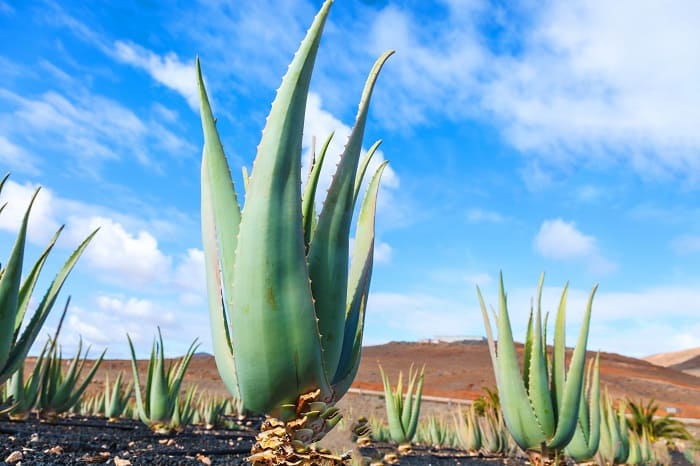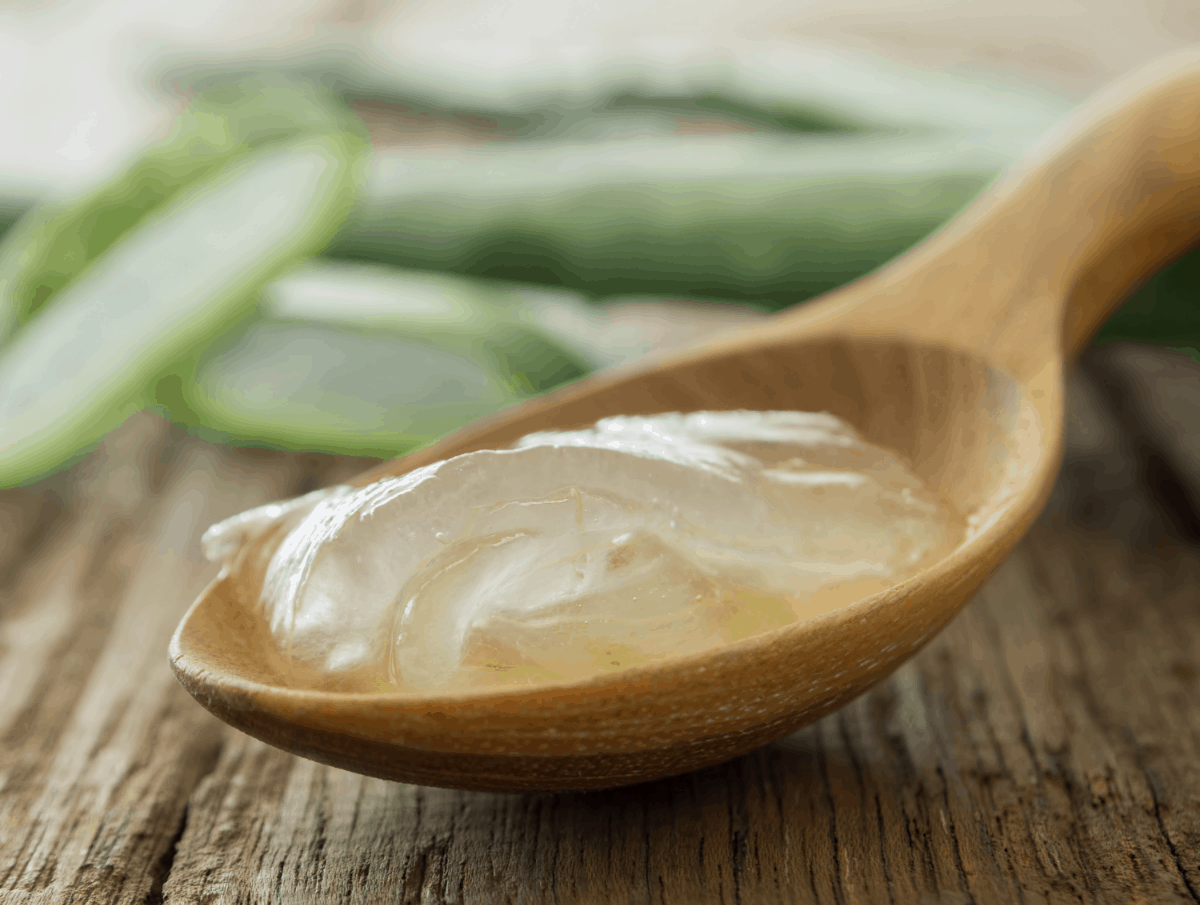Last Updated on October 18, 2024
Aloe Vera gel is one of the many Ayurveda therapy and treatments that have been around as far back as the pyramids of Egypt. Our fore-fathers used it to treat many ailments due to its healing properties.
While it is capable of providing the body with numerous benefits, there are concerns about the safety of Aloe juice and how much Aloe Vera gel to drink daily.
Are you worried about the safety of using the Aloe plant for home remedies? We recommend you read through our summary on Aloe Vera, its benefits to the body, and how much you should be drinking daily.
Without any further delays, let’s get right into the details.
Table of Contents
What is Aloe Vera
The Aloe Vera plant is a soft juicy plant found in tropical parts of the world. It is not naturally present in food, so you either have to consume the plant raw (juice or tea) or as supplements.
It is grown mainly as a potted plant for treating sunburn and decorating the space. But unknown to many, there are numerous ways to use Aloe Vera in the home.

Most people throw the plant into the blender and grind everything to a pulp. While there are several ways you can make Aloe Vera juice, you want to be careful not to include any of its latex.
Benefits of Aloe Vera Gel
Whether you choose to blend it into your smoothie or add it in a cup of tea, Aloe Vera gel is beneficial to the body when consumed in moderation.
Some of the many benefits of the Aloe Vera plant include
-
Good for Hydration
The Aloe Vera plant contains a great deal of moisture, so it can be used to quench your thirst and remove toxins from the body. The body needs fluid for detox, and water from plant sources is equally sufficient.
-
Treating Constipation
Aloe Vera, as an excellent home remedy is safe for treating constipation. It is said to be useful in improving healthy gut bacteria, which is excellent for your digestive system. A glass of Aloe Vera juice increases the water content in the intestine, which makes it easier for you to pass stool.
-
Skin Health
Aloe Vera gel is used in organic skin and beauty products since it helps to relieve skin conditions such as dermatitis and psoriasis. It is rich in vitamins, antioxidants, and compounds that help to protect the skin from UV radiation. There are also speculations that it could repair wrinkles and lines on the body.
-
Nutritious
A glass of Aloe Vera gel contains nutrients that are needed by the body to perform the daily function.
It contains vitamins B, C, and E. It also contains folic acid, calcium, copper, sodium, magnesium, potassium, zinc, manganese, chromium, and selenium.
The body needs a daily dose of these nutrients to prevent diseases, and Aloe Vere has got enough of it.
Now that we have shared some of the benefits of Aloe Vera gel, we can now talk about its safety and daily consumption.
Side Effects of Aloe Vera
Just like with other forms of treatment, there are side effects that may result from excessive consumption and abuse.
It is safe to consume purified Aloe Vera as it contains low amounts of anthraquinone compared to unpurified Aloe Vera juice. Too much anthraquinone in your body can result in cramps and diarrhea.
When using Aloe Vera from your garden, you should remove all traces of the latex as it is what gives it an unpleasant taste and upsets the stomach.
If you are shopping for one, check the label on the product for certification that it is entirely organic, safely tested, or purified.
How Much Aloe Vera Gel to Drink Daily?
Ideally, it is best to keep your oral consumption of Aloe Vera to a minimum. A glass or two a day should be okay, and you should always mix it with water or your favorite smoothie.
Experts suggest that you drink it on an empty stomach in the morning or before going to bed. Skin and beauty care products only contain small amounts of Aloe V. in them. Gels and creams for treating sunburn contain only 0.5% of Aloe Vera in them, but you want to be double sure by checking the labels.
There is no recommended dose for Aloe Vera, and anything below 200 milligrams daily is safe for the body system.
Quick Aloe Vera Juice
You can try this quick recipe below for Aloe Vera juice that takes only less than 7 minutes to prepare.
Ingredients
- Fresh Aloe Vera leaves.
- a liter of water
Procedure
- Use a sharp knife to peel the skin of the Aloe Vera leaf (the outer part covered with thorns).
- The layer of the plant that contains a yellowish fluid is the latex and is not edible.
- Using your knife, cut through the latex to reveal the gel inside the plant.
- You can use a spoon or any other method to scoop out the gel from the plant.
- Add the gel to your glass of water. You want to take into consideration how you ration your gel and water. We suggest using two spoons of gel for a glass of water.
- Blend or mix them until you notice a uniform consistency.
- Add in a few ice cubes for a refreshing and nutritious drink.

Final Notes
Now that you know how much Aloe Vera is safe to drink daily, you also want to be careful how you use it around the home.
You should not add it as a topical treatment on deep cuts and burns. If you are allergic to garden plants such as tulips, onion, and garlic, chances are you also would suffer some allergic reactions to the Aloe Vera plant.
We also recommend that you talk to a doctor before taking Aloe supplements if you are on another medication. It usually doesn’t work well with other forms of treatment.
You should also avoid taking Aloe products if you suffer from heart disease or intestinal problems.

Lacey is an environmental enthusiast and passionate advocate for living green and sustainable. She believes that everyone can make a difference, no matter how small. Lacey is dedicated to reducing her own carbon footprint and educating others on the importance of living greener. She is an advocate for green energy and sustainable practices. She is an active member of her local community, volunteering with local conservation efforts, and taking part in sustainability initiatives. Lacey is a firm believer that the only way to ensure a sustainable future is to work together and make small, but important changes.

